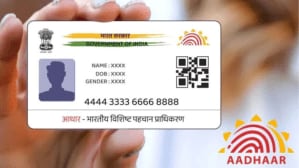You might have seen the Indian version of Spiderman in the recent movie Spiderman: Across the Spider-verse clarifying the other Spidermen that chai tea is literally ‘tea tea’. Well, he wasn’t wrong. The chai tea latte that you find in the Starbucks is literally our very own India tea with milk and sugar. This explains why we have an Indian version of every other Chinese food and tea is one of them. But how did this tea, once similar to the bitter kada became our milky chai? Let’s find out.
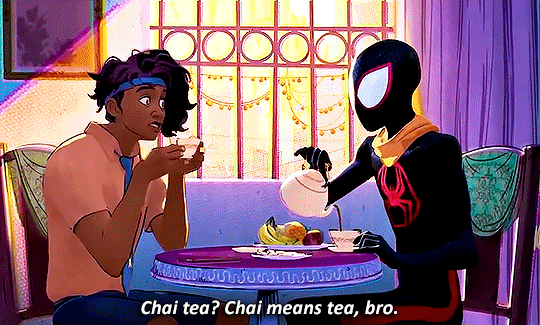
The story of chai, or masala tea, is a captivating journey that takes us deep into the heart of ancient India. However, the term “chai” did not always denote the aromatic, spiced tea we savor today. In the ancient times, chai encompassed any concoction of herbs that could be brewed, resembling the traditional kada. Kada, on the other hand, was a brew of herbs, plants, and flowers known for their health benefits. The distinction between chai and kada extended beyond brewing time to encompass the selection of spices used.
Back in 1947, during the tumultuous era of Indian and Pakistani independence, a surprising fact emerged: a whopping 70% of India’s tea production was earmarked for export. Sounds a bit perplexing, right? Especially when you consider that chai, the aromatic national drink, had yet to firmly establish its ubiquitous presence. One might wonder why such a densely populated region didn’t immediately indulge in its own tea production.
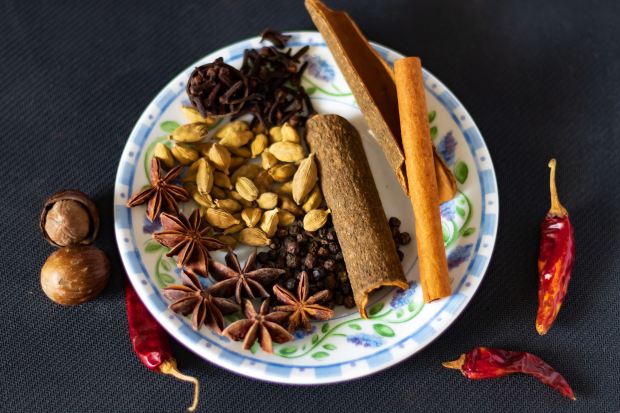
But the tale of tea in India stretches far and wide, weaving a narrative that encompasses the European elite’s fascination, the intricate threads of Chinese trade, the relentless gears of capitalism, the shadow of the Great Depression, and the ingenious dance of corporate marketing. It’s a story that embraces “jugaad,” the art of resourceful innovation, allowing more to be crafted from less. This historical brew is a captivating blend of elements that evokes intrigue at every sip.
Origin of chai
Numerous legends surround the origin of the first cup of tea. One narrative proposes that masala chai emerged accidentally when a Buddhist monk, possibly Gautama Buddha himself, chewed on wild leaves during his journey to China, experiencing rejuvenation. Another version credits the invention of chai to an ancient king, potentially Harshavardhana, who sought alertness during long court hours. Adding to the intrigue, a third tale links the first chai to the legendary Sanjivini booti, a potion that revived a comatose Lakshman. These stories share a common thread—the presence of a shrub similar to Camellia sinensis, the tea shrub discovered by Robert Bruce and Charles in Assam in 1823.

Chai in the annals of empires: From royalty to the masses
Chai’s popularity traversed the echelons of society, finding its way into the lives of emperors and common folk alike. Emperor Ashoka incorporated chai into peace treaties and court culture, a practice documented by Dutch traveler Jan Huyghen van Linschoten in the early 1500s. Even during the reign of the Ahom King, Laal Chaa, made from special wild leaves in Assam, gained prominence akin to water.
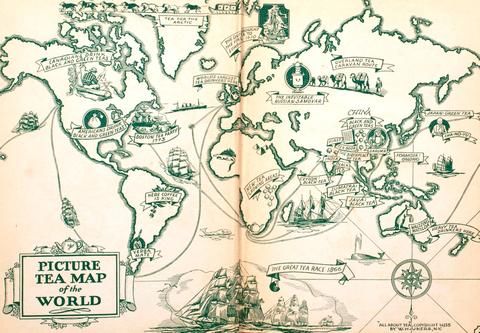
The East India Company’s complex role
The East India Company holds a pivotal place in the evolution of masala chai. The British, captivated by Chinese tea, devised strategies to grow tea in India after China restricted trade. At this time, the British public began to develop a taste for Chinese tea; yet, it wasn’t until the 1820s that China began to limit its trade with the East India Company out of fear that the latter was trying to steal their trade secrets.
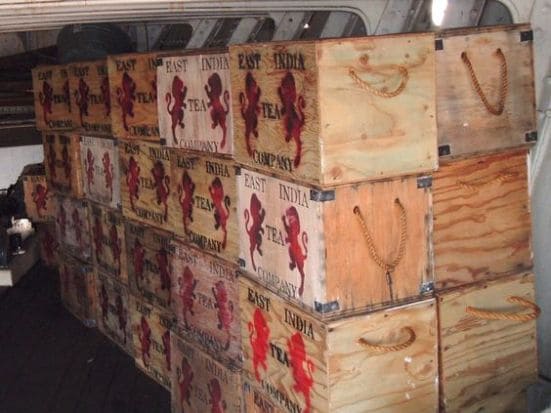
Assam, under Burmese control since the 13th century, became the Company’s focus. The Company’s maneuvers, including wars with Burma, shifted control to the British. This period witnessed a dark side—the transportation of indentured laborers, often kidnapped or coerced, to work in Assam’s tea plantations.
Assam, located on the Silk Road and linked to China, was already under East India Company authority, despite having been under Burmese control since the 13th century. The Assamese believed the East India Company was fighting for their safety when it declared war on Burma in 1824. The East India Company triumphed and thereafter established locals in authority inside Upper Assam.
Tea marketing and changing tastes
As time marched on, India emerged as the world’s supreme tea exporter, outshining even China. But, intriguingly, tea wasn’t an everyday beverage for all in India. It was a symbol of affluence, favored by those imitating European lifestyles. The upper echelons indulged in the leisurely art of steeping tea leaves, making it as much about the experience as the drink itself. Unlike today’s ubiquitous roadside tea stalls, chai was a luxury confined to those who embraced a certain cultural identity.
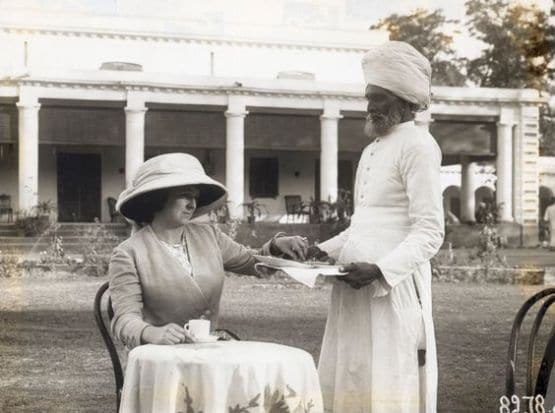
Enter the Great Depression, where Western purchasing power plummeted. This presented an opportunity for India’s Tea Marketing Expansion Board. Their ingenious campaign, spanning languages and employing female educators, sought to introduce tea to the masses. Yet, despite giving away free tea, milk, and sugar, the brew struggled to captivate palates.
For the first 50 years of this system, the tea tasted terrible. So planters at that time began to worry because their sales were terrible and they were looking for new audiences for their product.
The India Tea Association and the East India Company shaped the trajectory of tea consumption. The Association launched a campaign to promote tea among Indians, resulting in the birth of CTC (cut, tear, curl) tea. They realized like they can profit off of Indians if they drink tea, so 1901 the Association was launched and a 40 year campaign to indoctrinate Indians into drinking tea was launched.

This machine-processed tea aimed to appeal to the masses, revolutionizing how tea was prepared and consumed. The British-led campaign aimed to instill tea as a Swadeshi choice, but it took time for the beverage to truly infiltrate Indian culture.
Chai Wallahs and the rebellion of spices
Chai’s journey to ubiquity faced resistance from tea stalls who saw masala chai as a threat to their bottom line. The infusion of spices into the brew added palatability and meaning, symbolizing rebellion against colonial control. Tea itself was steeped in classism, with the British indulging in high-quality whole leaf teas while Indians received lower-grade CTC tea.
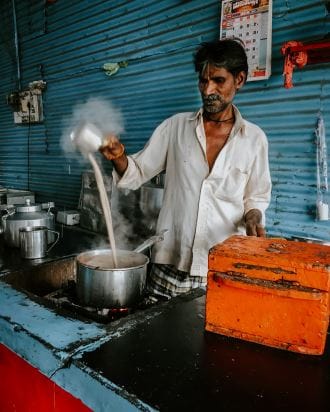
A symbol of rebellion and authenticity
Despite the oppressive history, masala chai became a symbol of authenticity and rebellion. The drink’s popularity soared during the 1950s and 60s, cementing its place as a ubiquitous Indian beverage. The act of enjoying masala chai became a testament to the subcontinent’s resilience against colonial rule. Every cup became a declaration of authenticity and cultural identity, a toast to the people who endured and overcame.
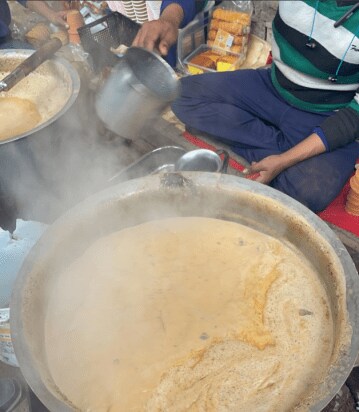
The history of masala chai is layered with cultural, political, and economic dynamics. From its ancient herbal roots to its modern spiced incarnation, chai’s journey resonates with tales of rebellion and authenticity. With each fragrant sip, we honor the legacy of a beverage that defied colonization and emerged as an emblem of culture and resilience. Cheers to the cup that speaks volumes about the power of the human spirit.




